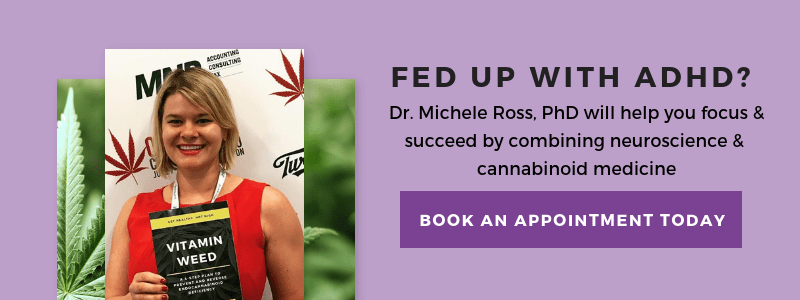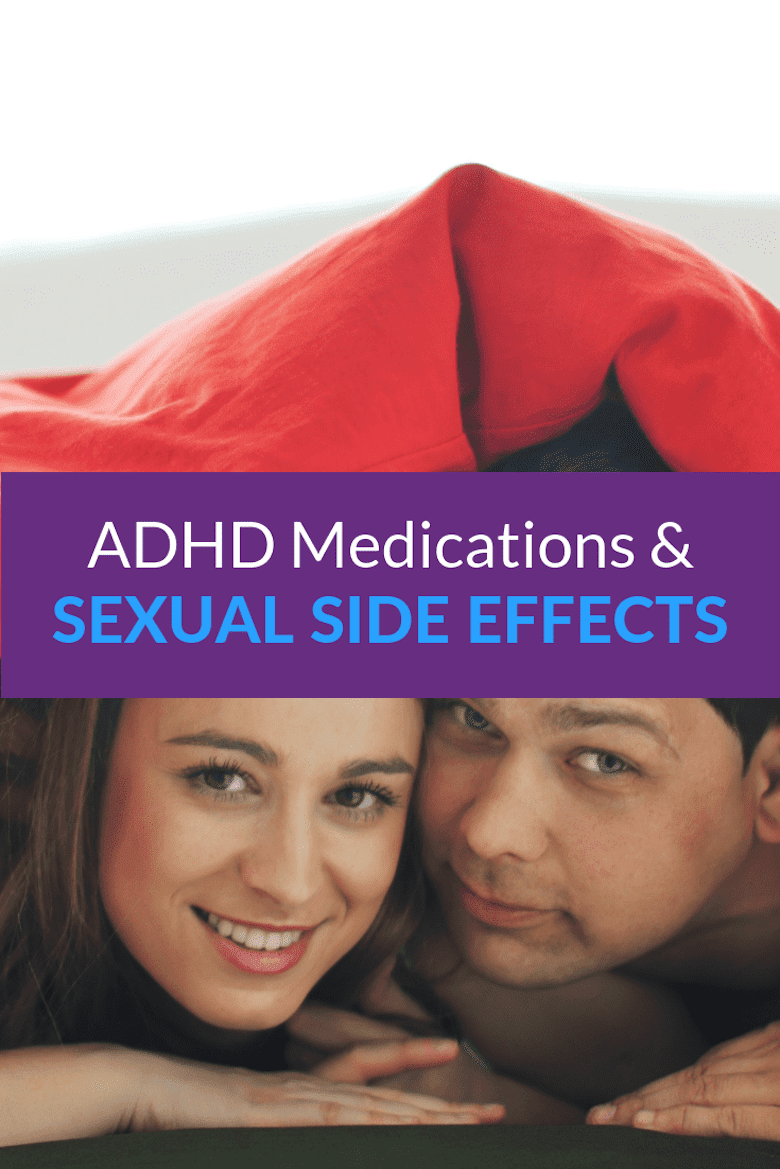
Many different classes of drugs have been utilized in the treatment of attention-deficit/hyperactivity disorder (ADHD), also called attention deficit disorder. Here we will describe the side effects of a selected list of ADHD therapeutics by their generic names.
Stimulants for ADHD
Amphetamine-derived stimulants work by increasing the synaptic concentrations of dopamine and norepinephrine. These drugs were historically used to treat obesity, and common side effects include loss of appetite, increased wakefulness, sleep disturbances and low risk of suicidal thoughts and psychotic symptoms.
Drugs used to treat ADHD include: methylphenidate (Ritalin, Concerta) and amphetamine (Adderall). Methylphenidate may also cause the worsening of tics and increased risk of seizures. Amphetamine may also cause growth delay in children and an increase in heart rate and blood pressure. Sudden withdrawal of amphetamine can cause symptoms such as depression and severe fatigue, especially after regular usage over an extended period of time.
Secondary Tricyclic Antidepressants for ADHD
While the mechanism of action of this class of drugs is unknown, these molecule have been observed to increase the synaptic concentrations of serotonin and norepinephrine. Common side effects of these drugs include daytime drowsiness, dizziness, blurred vision, dry mouth, urinary disturbances, constipation and sexual problems. The drugs used for ADHD include desipramine and nortriptyline.
Tertiary Tricyclic Antidepressants
These molecules are very similar to the secondary tricyclic antidepressants in their activities and side effects, however the side effects tend to be more pronounced and also include potential cardiotoxicity and increased frequency of seizures. The drugs used for ADHD include: amitriptyline, imipramine, and clomipramine.

MAO Inhibitors for ADHD
Monoamine oxidase (MAO) inhibitors increase synaptic concentrations of dopamine, norepinephrine and serotonin by slowing their breakdown. These inhibitors can be used as an antidepressant, and their side effects include irregular heartbeat, increased heart rate, sexual disturbances, increased difficulty falling and staying asleep, daytime insomnia, tremors in the arms and hands, headache, confusion, anxiety, agitation, dry mouth, constipation, gastrointestinal disturbances, edema, weight gain, weakness, dizziness and dizziness upon standing that can lead to fainting.
Drugs used to treat ADHD include: phenelzine and selegiline. Phenelzine is an irreversible inhibitor of two forms of MAO that can be prescribed for depression. Its effects can last for up to two weeks after cessation of its use. Selegiline is an irreversible inhibitor of one form of MAO that can be prescribed for Parkinson’s disease. Its side effects include orthostatic hypotension and hallucinations.
α2-Adernergic Agonists for ADHD
α2-adrenergic agonists can be used to treat high blood pressure. Common side effects for this class of drugs include abnormally slow heart action, drowsiness, tiredness, dizziness, weakness, headache and dry mouth. Less frequent side effects include ringing in the ears, increased urinary frequency, urinary retention, sexual dysfunction, nasal congestion, blurred vision and dry eyes.
Drugs used to treat ADHD include clonidine and guanfacine. Most side effects of clonidine are mild and tend to diminish with continued usage. Combination therapy of clonidine and methylphenidate can negatively affect cardiac condition and increase patient risk for arrhythmia. Withdraw symptoms of this drug include nervousness, agitation, restlessness, anxiety, insomnia, tremor, headache, sweating, increased salavation, increased blood pressure and irregular or increased heart rate. Guanfacine has side effects similar to clonidine, but has milder withdrawal symptoms that rarely include hypertension.
Other ADHD Medications for ADHD
Atomoxetine prolongs the action of norepinephrine in the brain. Its side effects include modest increases in diastolic blood-pressure and heart rate, drowsiness, dry mouth, skin rash, dizziness, nausea, weight loss, and anorexia.
Modafinil is a wake-promoting used to treat narcolepsy, but has many off-label uses including ADHD treatment. The most common side effects include insomnia, abdominal pain, anorexia, cough, fever and stuffy nose.
CBD as an Alternative Treatment for ADHD
Cannabidiol (CBD) oil comes from the hemp or marijuana (cannabis) plant and is used by millions of people with both diagnosed and undiagnosed ADHD for improving focus and attention span. CBD can increase alertness and increase productivity, without the laundry list of side effects seen with other treatments. In fact, not only does CBD not cause unwanted sexual side effects, it can actually increase libido and increase the length and intensity of orgasms.

Not all CBD is created equal. One of my favorite CBD formulations for focus is Ladykind Rise Up Mind Clearing Tincture, which also includes other botanicals like Maca Root for enhanced performance (including sexual performance). Read my review of Ladykind CBD products here and use my discount code INFUSED15 for 15% off.
This article, written by Dr. Michele Ross, was originally published on Livestrong.com and had been added to.
Pin This Post

Share This Post





